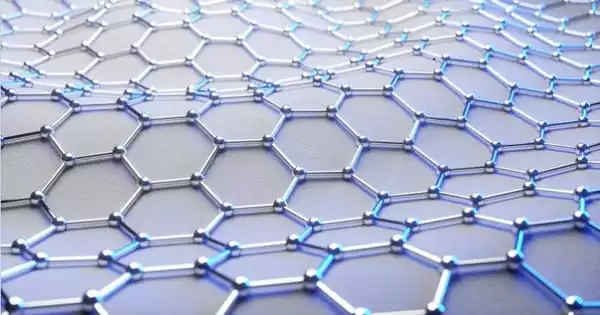Researchers at The University of Manchester have established robust superconductivity at high magnetic fields using a newly developed one-dimensional (1D) system, marking a significant advancement in the science of superconductivity. This result provides a potential avenue for obtaining superconductivity in the quantum Hall domain, a long-standing difficulty in condensed matter physics.
Superconductivity, or the capacity of some materials to conduct electricity without resistance, has enormous potential for quantum technology improvement. However, obtaining superconductivity in the quantum Hall domain, which is distinguished by quantized electrical conductance, has proven to be a daunting task.
The research, published this week in Nature, details the extensive work of the Manchester team led by Professor Andre Geim, Dr Julien Barrier, and Dr Na Xin to achieve superconductivity in the quantum Hall regime. Their initial efforts followed the conventional route where counterpropagating edge states were brought into close proximity of each other. However, this approach proved to be limited.
Our initial experiments were primarily motivated by the strong persistent interest in proximity superconductivity induced along quantum Hall edge states. This possibility has led to numerous theoretical predictions regarding the emergence of new particles known as non-abelian anyons.
Dr. Barrier
“Our initial experiments were primarily motivated by the strong persistent interest in proximity superconductivity induced along quantum Hall edge states,” explains Dr Barrier, the paper’s lead author. “This possibility has led to numerous theoretical predictions regarding the emergence of new particles known as non-abelian anyons.”
The team then explored a new strategy inspired by their earlier work demonstrating that boundaries between domains in graphene could be highly conductive. By placing such domain walls between two superconductors, they achieved the desired ultimate proximity between counterpropagating edge states while minimising effects of disorder.
“We were encouraged to observe large supercurrents at relatively ‘balmy’ temperatures up to one Kelvin in every device we fabricated,” Dr Barrier recalls.
Further analysis indicated that the proximity superconductivity was caused by strictly 1D electronic states within the domain walls, rather than quantum Hall edge states propagating along them. These one-dimensional states, discovered by Professor Vladimir Fal’ko’s theory group at the National Graphene Institute, have a stronger ability to hybridize with superconductivity than quantum Hall edge states. The observed strong supercurrents at high magnetic fields are thought to be the result of the interior states’ inherent one-dimensionality.

This discovery of single-mode 1D superconductivity shows exciting avenues for further research. “In our devices, electrons propagate in two opposite directions within the same nanoscale space and without scattering,” Dr Barrier elaborates. “Such 1D systems are exceptionally rare and hold promise for addressing a wide range of problems in fundamental physics.”
The team has already demonstrated the ability to manipulate these electronic states using gate voltage and observe standing electron waves that modulated the superconducting properties.
“It’s exciting to consider what this unique system might offer us in the future. Dr. Xin concludes that 1D superconductivity provides an alternate way to realising topological quasiparticles by merging the quantum Hall effect and superconductivity. This is only one illustration of the enormous possibilities that our results have.”
The University of Manchester’s research on superconductivity marks a significant advancement 20 years after the discovery of graphene, the first 2D substance. The invention of this revolutionary 1D superconductor is expected to pave the path for advances in quantum technology and further research of new physics, attracting interest from a wide range of scientific communities.
















